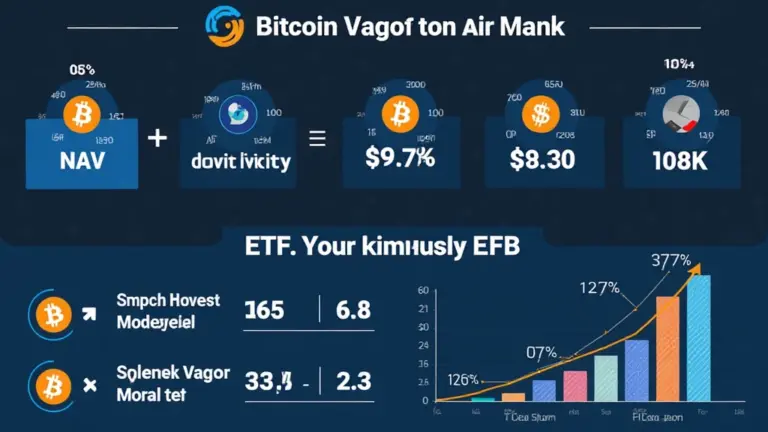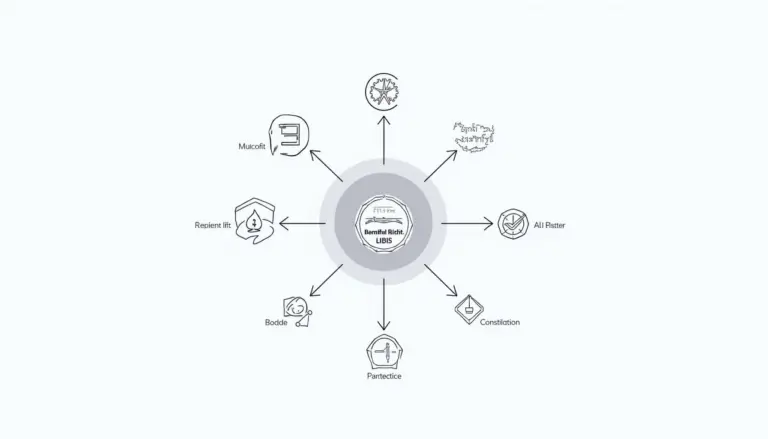
<h1>Bitcoin Layer2 Scalability Solutions: Enhancing Transaction Efficiency</h1><p>As the cryptocurrency industry evolves, the need for efficient transaction processing becomes paramount. <strong>Bitcoin Layer2 scalability solutions</strong> have emerged as an innovative approach to address this demand. With a growing user base and transaction count, Bitcoin‘s main blockchain faces limitations in throughput and speed. These challenges often lead to congestion during peak times, resulting in delayed transactions and increased fees.</p><h2>Pain Points in Current Bitcoin Transactions</h2><p>During times of high trading volume, Bitcoin users frequently encounter long wait times for confirmations, leaving many frustrated with the inefficiencies of the network. For instance, during the Bitcoin bull run of 2020–2021, transaction fees surged to an average of $60 as congestion forced users to prioritize their transactions. This situation exemplifies the pressing need for solutions like Bitcoin Layer2 scalability solutions.</p><h2>In–Depth Analysis of Scalability Solutions</h2><h3>Understanding Key Technologies</h3><p>Two promising <strong>Layer2 solutions</strong> include **Lightning Network** and **Liquid Network**. Both technologies aim to alleviate pressure off the main blockchain while enhancing transaction speeds. Below is a step–by–step breakdown:</p><ul><li><strong>Lightning Network</strong>: This solution allows users to create off–chain transaction channels, facilitating instant payments while only settling final balances on the Bitcoin blockchain, significantly reducing congestion.</li><li><strong>Liquid Network</strong>: Designed for exchanges, this sidechain enables fast transactions and advanced features such as confidential transactions, catering specifically to institutional needs.</li></ul><h3>Comparative Analysis</h3><table><tr><th>Aspect</th><th>Lightning Network</th><th>Liquid Network</th></tr><tr><td>Security</td><td>Medium</td><td>High</td></tr><tr><td>Cost</td><td>Low</td><td>Medium</td></tr><tr><td>Use Case</td><td>Retail Payments</td><td>Exchanges & Institutions</td></tr></table><p>According to a report by Chainalysis, by 2025, up to 75% of Bitcoin transactions could occur via such Layer2 solutions, reflecting a significant shift towards scalable infrastructures.</p><h2>Understanding Risks</h2><p>While Bitcoin Layer2 scalability solutions provide several advantages, they also come with inherent risks. Users should be mindful of potential security vulnerabilities and the need for adequate knowledge before engaging with these technologies. It is crucial to <strong>conduct thorough research</strong> before adopting any Layer2 solution, ensuring understanding of the operational framework and associated risks.</p><p>In conclusion, as we navigate the complexities of Bitcoin‘s scalability, <strong>Bitcoin Layer2 scalability solutions</strong> stand out as essential tools for improving transaction efficiency and user experience. With platforms like <a target=“_blank“ href=“https://bitcoinstair.com“>bitcoinstair</a> supporting these advancements, users can confidently adopt these technologies to enhance their Bitcoin transaction capabilities.</p><h2>FAQ</h2><p><strong>Q:</strong> What are Bitcoin Layer2 scalability solutions?<br><strong>A:</strong> Bitcoin Layer2 scalability solutions refer to technologies designed to enhance the Bitcoin network‘s transaction capabilities, providing faster and cheaper transactions.</p><p><strong>Q:</strong> How does the Lightning Network work?<br><strong>A:</strong> The Lightning Network allows users to create off–chain payment channels, enabling instant transactions that only settle on the main blockchain when necessary.</p><p><strong>Q:</strong> Are there risks involved with Layer2 solutions?<br><strong>A:</strong> Yes, there are risks such as potential security vulnerabilities and the need for user education on the technical aspects of these solutions.</p>






